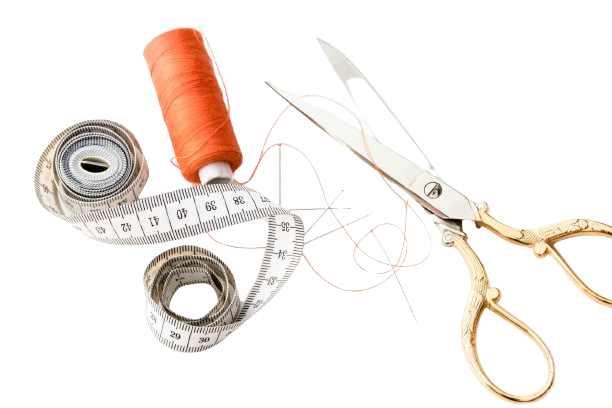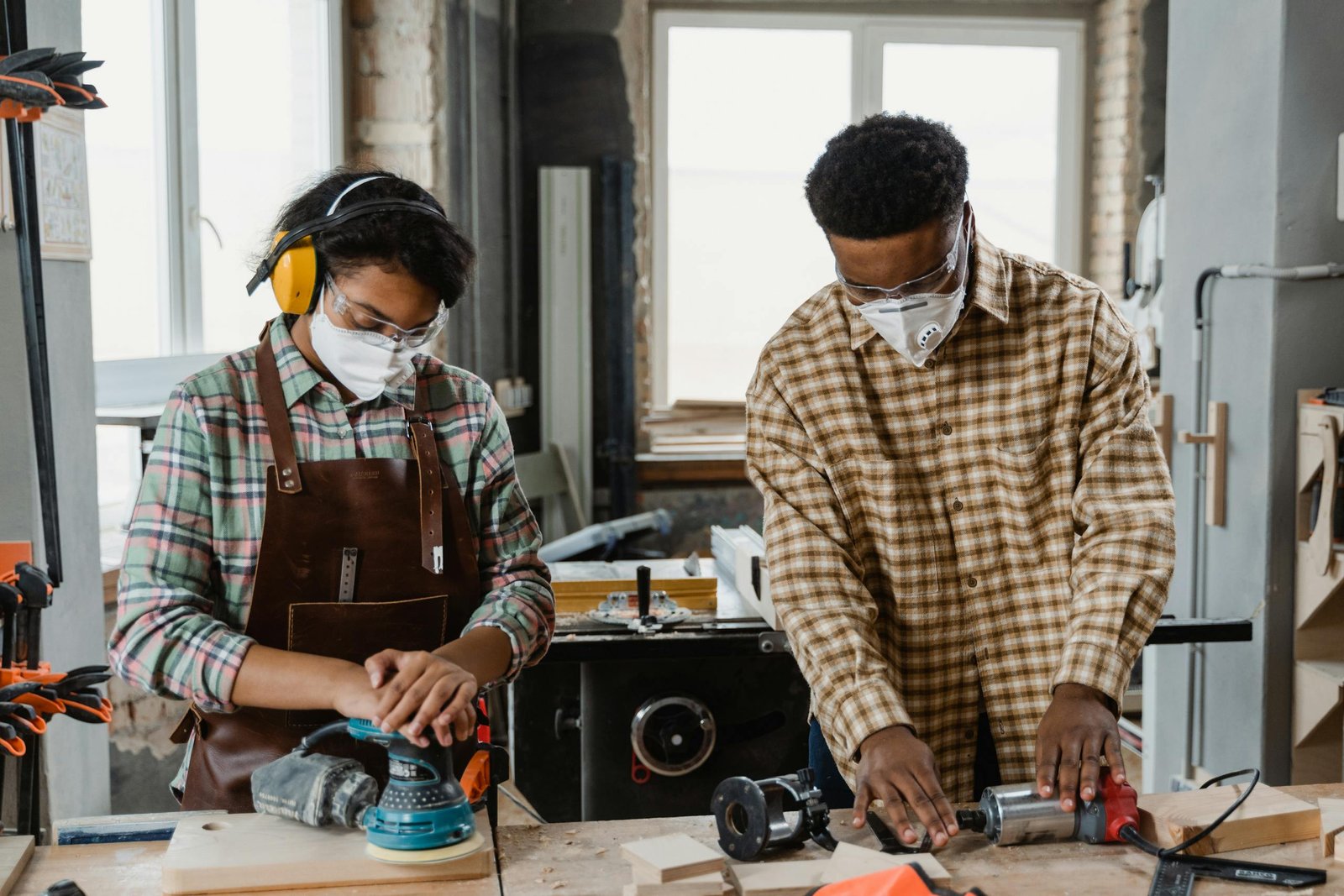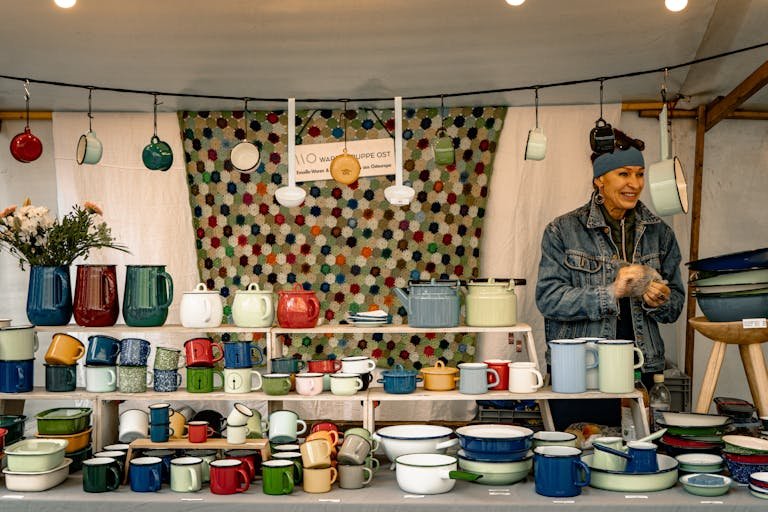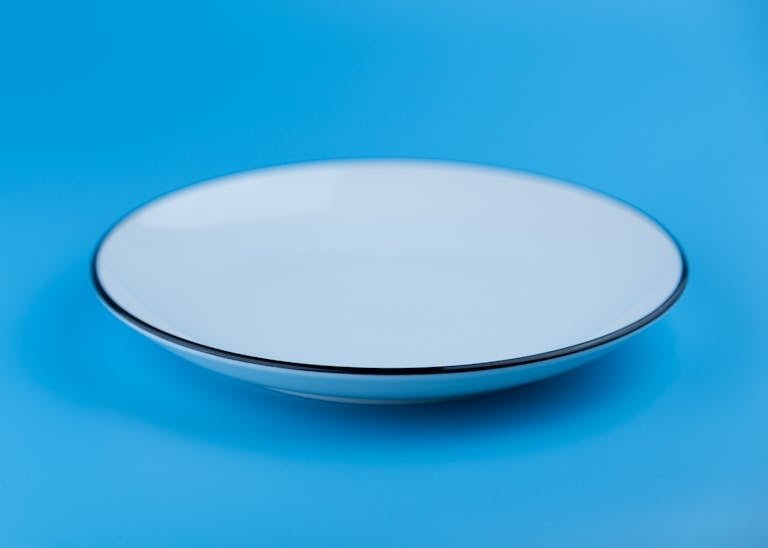SPF Wood: The Beginner’s Guide to This Versatile Material
SPF wood is a popular choice in the construction industry, especially in North America, for its versatility, strength, and affordability. But what exactly is SPF wood, and why is it so widely used? In this detailed guide, I’ll break down everything you need to know about SPF wood, from its characteristics to its common uses, and even how it compares to other types of lumber.
What Does SPF Stand For?
SPF stands for Spruce-Pine-Fir, a term used to describe a group of softwoods commonly used in the construction industry. This grouping encompasses several species of trees that share similar characteristics, making them ideal for various building applications. SPF wood primarily comes from Canada and the northern regions of the United States, where these trees are abundant.
Types of SPF Wood
SPF wood can be broadly classified into two categories based on the region where the trees are grown: Eastern SPF and Western SPF. Each type has its own unique characteristics and uses.
1. Eastern SPF
Eastern SPF wood includes species like white spruce, black spruce, red spruce, jack pine, and balsam fir. This type of SPF is typically grown in the eastern regions of North America and is known for its fine grain and light color. It is widely used in construction due to its strength and stability.
2. Western SPF
Western SPF wood includes species like Engelmann spruce, white spruce, lodgepole pine, and subalpine fir. Grown in the western regions of North America, this type of SPF is slightly different in appearance and properties but still shares the same general characteristics that make SPF wood desirable.
Key Characteristics of SPF Wood
1. Strength-to-Weight Ratio
SPF wood is prized for its excellent strength relative to its weight. This makes it a popular choice for structural elements like framing, joists, and rafters. The balance between strength and weight ensures that SPF wood can support significant loads without adding unnecessary weight to the structure.
2. Dimensional Stability
One of the standout features of SPF wood is its dimensional stability. Unlike some other types of wood, SPF is less prone to warping, shrinking, or swelling, which is crucial for maintaining the integrity of a building over time. This stability ensures that the wood retains its shape and size, reducing the likelihood of structural issues down the line.
3. Workability
SPF wood is known for its ease of workability. It cuts, nails, and glues smoothly, making it a preferred choice for both professionals and DIY enthusiasts. Whether you’re constructing a large building or working on a smaller project, SPF wood’s workability simplifies the process.
4. Appearance
While SPF wood is generally a light-colored wood, its specific appearance can vary depending on the species and growing conditions. It can range from pale yellow to pinkish-red. This neutral appearance makes SPF wood versatile in terms of aesthetic compatibility with various designs.
5. Affordability
SPF wood is often more affordable than many other types of wood, making it a cost-effective option for construction projects. Its widespread availability and the efficient processing of these species contribute to its lower cost.
Common Uses of SPF Wood
Given its versatile characteristics, SPF wood is used in a variety of applications. Here’s where you’ll commonly find SPF wood in use:
1. Framing
SPF wood is a go-to material for framing in both residential and commercial construction. Its strength-to-weight ratio and dimensional stability make it ideal for creating the skeleton of buildings, including walls, floors, and roofs.
2. Roof Trusses
Roof trusses, which are the triangular structures that support the roof, benefit greatly from the strength and stability of SPF wood. The ability to maintain shape and strength over time ensures that the roof remains secure and weather-resistant.
3. Decking
While SPF wood can be used for outdoor decks, it’s important to note that it may require additional treatments to enhance its resistance to moisture and decay. With proper treatment, SPF can be a cost-effective option for building a durable and attractive deck.
4. Siding
SPF wood can also be used for siding, though it might not be the first choice in regions with extreme weather conditions. In areas where moisture and insects are less of a concern, SPF wood provides a beautiful and affordable option for exterior cladding.
5. Interior Trim
SPF wood’s light color and ease of work make it a popular choice for interior trim elements like baseboards, crown molding, and door casings. It can be easily painted or stained to match the interior décor, making it a versatile option for finishing touches.
Read Also: Barbie’s Big Secret: Uncover Her True Scale
Is SPF Wood Treated?
When considering SPF wood for your project, one important factor to consider is whether the wood is treated. Typically, SPF wood is not treated, meaning it has not been chemically enhanced to resist moisture, insects, or decay. However, depending on the intended use, especially for outdoor projects, treatment may be necessary.
Why Consider Treated SPF Wood?
For outdoor uses, such as decking, siding, or any application where the wood will be exposed to the elements, it’s often recommended to use treated SPF wood. Treatments can include:
1. Pressure-Treating
Pressure-treating involves forcing preservative chemicals into the wood under high pressure. This process enhances the wood’s resistance to moisture, insects, and decay, making it more durable for outdoor use.
2. Surface Treatments
Surface treatments like sealants, stains, or paints can provide an additional protective barrier against the elements. While not as deep as pressure-treating, these treatments can still significantly extend the life of the wood when applied correctly.
Choosing the Right Treatment
When purchasing SPF wood, it’s crucial to clarify whether it’s treated or untreated. For outdoor projects, you’ll want to ensure that the wood is properly treated to withstand the conditions it will face. If you’re unsure, it’s always best to consult with a professional or supplier to determine the best option for your specific project.
SPF Lumber vs. Yellow Pine: A Comparative Look
While SPF wood is a popular choice, it’s not the only option available. Yellow pine is another common type of lumber, and understanding the differences between these two can help you make an informed decision for your project.
1. Species and Characteristics
SPF Lumber
- Species: Includes spruce, pine, and fir.
- Characteristics: Generally lighter in color, with a finer grain. SPF wood is known for its excellent strength-to-weight ratio and dimensional stability, making it a versatile choice for a wide range of applications.
Yellow Pine
- Species: Primarily Southern yellow pine.
- Characteristics: Typically darker in color, with a coarser grain. Yellow pine is known for its strength and durability, making it a popular choice for heavy-duty construction, such as framing and cabinetry.
2. Common Uses
SPF Lumber
SPF is widely used in framing, roofing, and decking due to its combination of strength, stability, and affordability. It’s also a favorite for interior trim work because of its light color and ease of finishing.
Yellow Pine
Yellow pine is often chosen for more demanding structural applications, where its greater strength and durability are required. It’s also commonly used in flooring, cabinetry, and furniture making, where its rich color and grain add a distinct aesthetic appeal.
3. Cost Comparison
Generally, SPF wood tends to be more affordable than yellow pine, making it a go-to option for large-scale construction projects where budget constraints are a consideration. However, for projects that require higher durability and aesthetic appeal, the additional cost of yellow pine may be justified.
Read Also; Unfired Magic: Greenware Ceramics Explained
Conclusion
SPF wood stands out as a versatile, reliable, and cost-effective building material. Whether you’re working on a large construction project or a small DIY endeavor, SPF wood offers a balance of strength, stability, and workability that is hard to beat.
Its wide availability and affordability make it accessible for all kinds of projects, from framing and roofing to interior trim and decking. With the option to treat the wood for added durability, SPF can be used in both indoor and outdoor applications.







